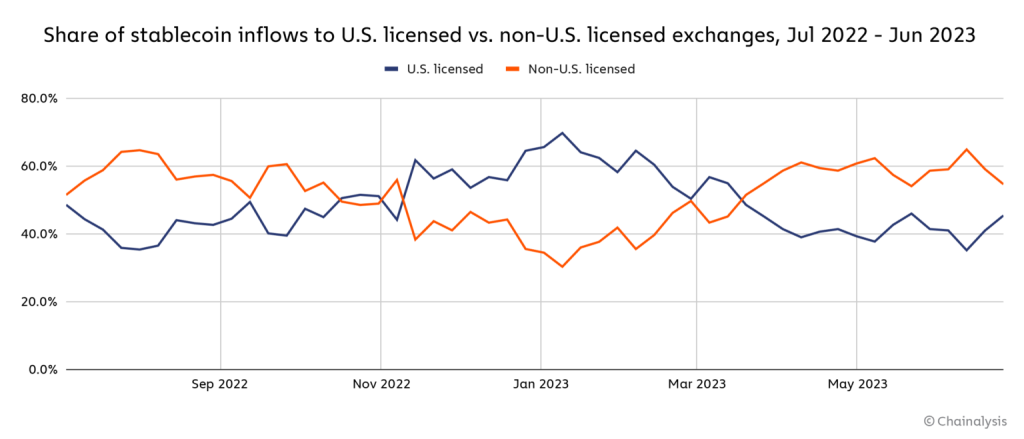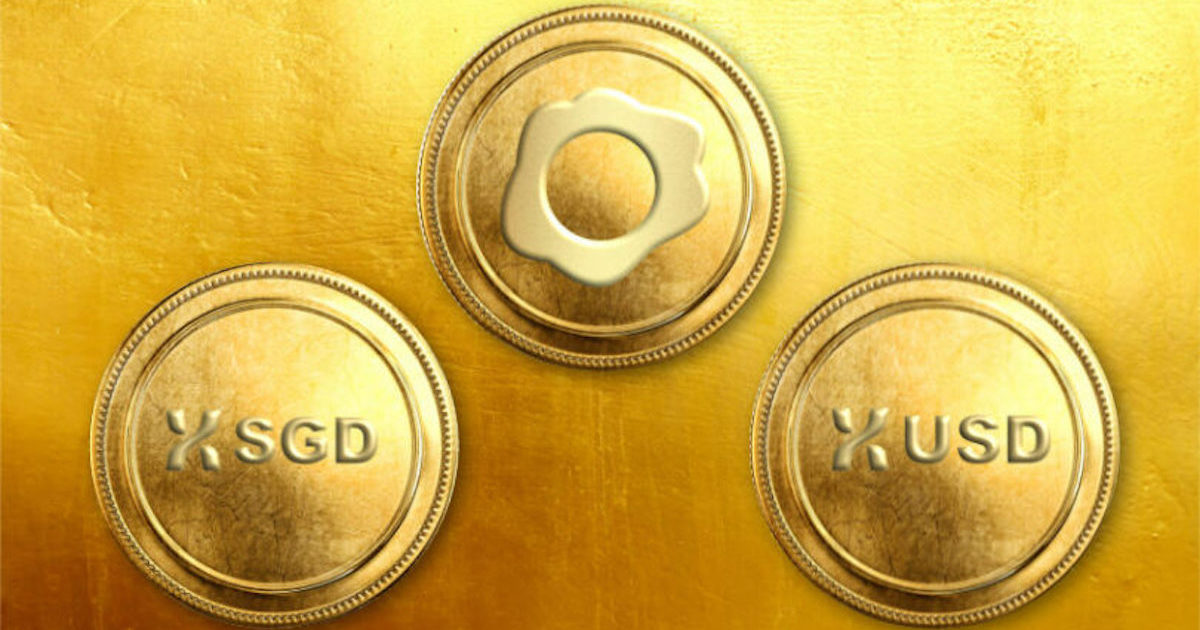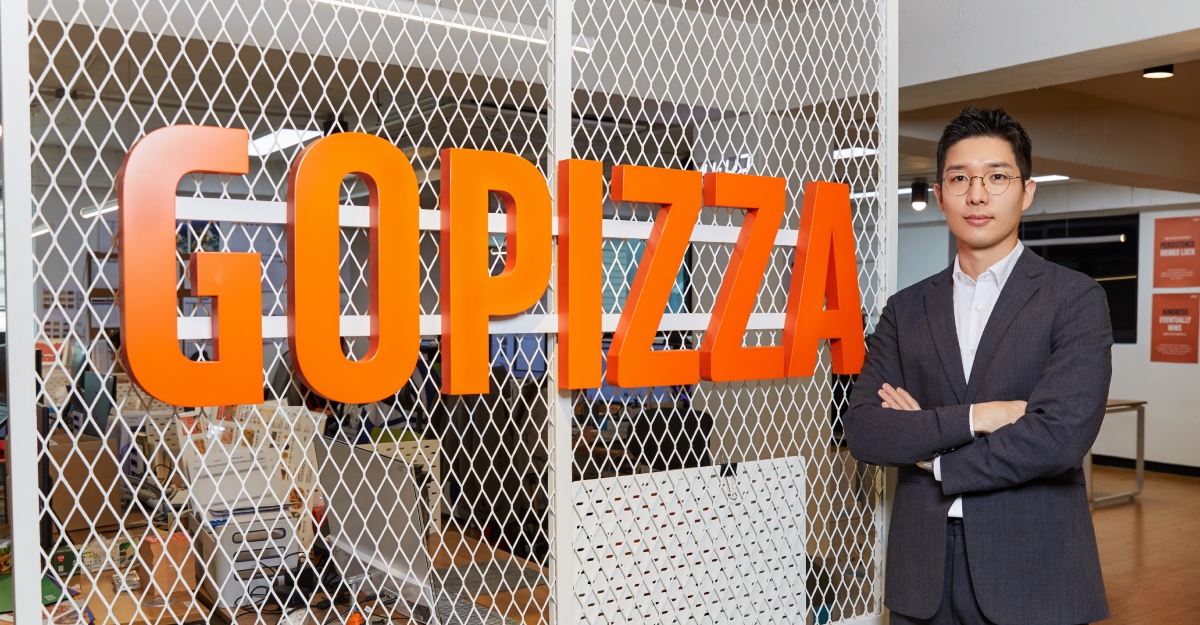Singapore doesn’t look too favourably upon cryptocurrencies, but it’s still paving the way for the adoption of digital assets.
When it comes to cross-border transfers and a more efficient banking system, the Monetary Authority of Singapore (MAS) is placing its faith in stablecoins, CBDCs, and tokenised bank liabilities rather than Bitcoin and Ethereum.
As MAS’ Managing Director Ravi Menon explained at the Singapore Fintech Festival 2023, cryptocurrencies have failed the test of digital money, but these other asset classes could prove suitable given the right infrastructure and regulations.
Earlier in August, the MAS announced a regulatory framework addressing the value stability of stablecoins. This issue has taken the spotlight a number of times over the years, ever since the emergence of coins such as USDC and USDT, which are meant to be pegged to the US dollar.
In 2021, Tether – the company behind USDT – was fined millions of dollars for false claims that its stablecoin was fully backed by fiat currencies. Tether misled consumers into believing that the amount of USDT issued was equivalent to the amount of US dollars which the company held. This would ensure liquidity and allow USDT to be swapped at a rate of US$1 at any given time.
In reality, the Commodity Futures Trading Commission (CFTC) found that Tether held sufficient reserves for less than 30 per cent of the days between 2016 and 2018. Since then, the integrity of stablecoins and the transparency surrounding their reserves has come under scrutiny.
Singapore’s solution for stablecoins
The MAS’ regulatory framework for stablecoins specifies a set of requirements, which issuers of stablecoins must meet. This includes criteria around the minimum reserves, which must be held and disclosures that must be provided to holders.
Issuers also have to ensure that their stablecoin can be exchanged for the underlying fiat currency within five days of a request being issued.
As it stands, StraitsX and Paxos have received in-principle approval to issue MAS-regulated stablecoins. For StraitsX, this includes XSGD, a Singapore dollar-backed stablecoin which was first issued in 2020. It also includes the US-dollar-backed XUSD stablecoin which is due to be launched in the near future.
Meanwhile, Paxos is set to issue a new US dollar-backed stablecoin as well, in partnership with enterprise clients in Singapore.

Regulation will absolutely play a key role in shaping the development of the stablecoin market. Countries such as Singapore and Japan have recognised that stablecoins can play a foundational role in the digital asset and broader Web3 ecosystem. Their policy frameworks are aimed at creating space for high-quality stablecoins to take root.
– Chengyi Ong, Head of APAC Policy, Chainalysis
With its regulations, the MAS could help provide stablecoins with the legitimacy needed for them to take on the role of digital money. Investors would have the reassurance that coins such as XSGD and XUSD are just as safe to hold as their fiat counterparts.
Growing demand for stablecoins
As the demand for crypto assets begins to rise yet again – with Bitcoin fund inflows surpassing US$1.5 billion this year – stablecoins are picking up right where they left off.
“Stablecoins are the backbone of the crypto economy. They are the most widely-used type of crypto asset,” explains Chengyi Ong, Chainalysis’ Head of APAC Policy.

According to Chainalysis data, more than half of all on-chain transaction volume to or from centralised services between July 2022 and June 2023 took place in stablecoins. “Growth in stablecoins will support broader crypto activity, and vice versa.”
Stronger regulations will contribute to this growth, inviting institutional participation and facilitating the use of stablecoins in a wider variety of transactions.
“Transactions involving USD-backed stablecoins reached nearly US$6.87 trillion in 2022, surpassing the volumes of Mastercard and PayPal,” Ong says. “If institutional and retail adoption continues, we could continue to see stablecoins accounting for a larger share of on-chain value transfer.”
Stablecoins backed by commodities
Currently, MAS’ stablecoin regulations only address single-currency stablecoins (SCSes). These refer to stablecoins which have values pegged to a fiat currency such as the Singapore dollar or US dollar.
SCSes are the most commonly used stablecoins today, however, there are other forms which have emerged in recent years as well. This includes stablecoins pegged to precious metals such as gold and silver.
For example, each of Paxos’ PAXG tokens represent one fine troy ounce of gold stored securely in a vault in London. This offers a convenient way to invest in gold as there are no storage fees, the minimum purchase amount is extremely low, and transactions are settled almost instantly.
Commodity-backed stablecoins could help make traditional assets more accessible and ease the investing process.
“These tokens represent a much smaller market share today. Whether they grow in popularity will depend on the value they provide to end-users, as well as the regulatory frameworks that will be established around them,” Ong explains.
Featured Image Credit: Composite Ledger Insights, elements 123rf
Also Read: “Cryptocurrencies have failed the test of digital money”: MAS’ MD Ravi Menon on the future of fintech








